Canada may be known for its maple syrup, majestic landscapes, and friendly people, but beneath the surface, a wellness revolution is quietly unfolding. From ancient Indigenous healing practices to cutting-edge mental health tech, the country is embracing a holistic approach to well-being that touches every corner of life. Here are 29 ways Canada is redefining what it means to be truly well.
Holistic Healthcare Integration

Canada has been expanding its healthcare system to include more holistic and complementary practices. From acupuncture in urban clinics to naturopathic care becoming more widely accepted, Canadians are integrating ancient wisdom with modern science. Many provincial health systems now support allied health professions, giving people access to diverse healing methods that support both body and mind.
Forest Therapy and Nature Prescriptions
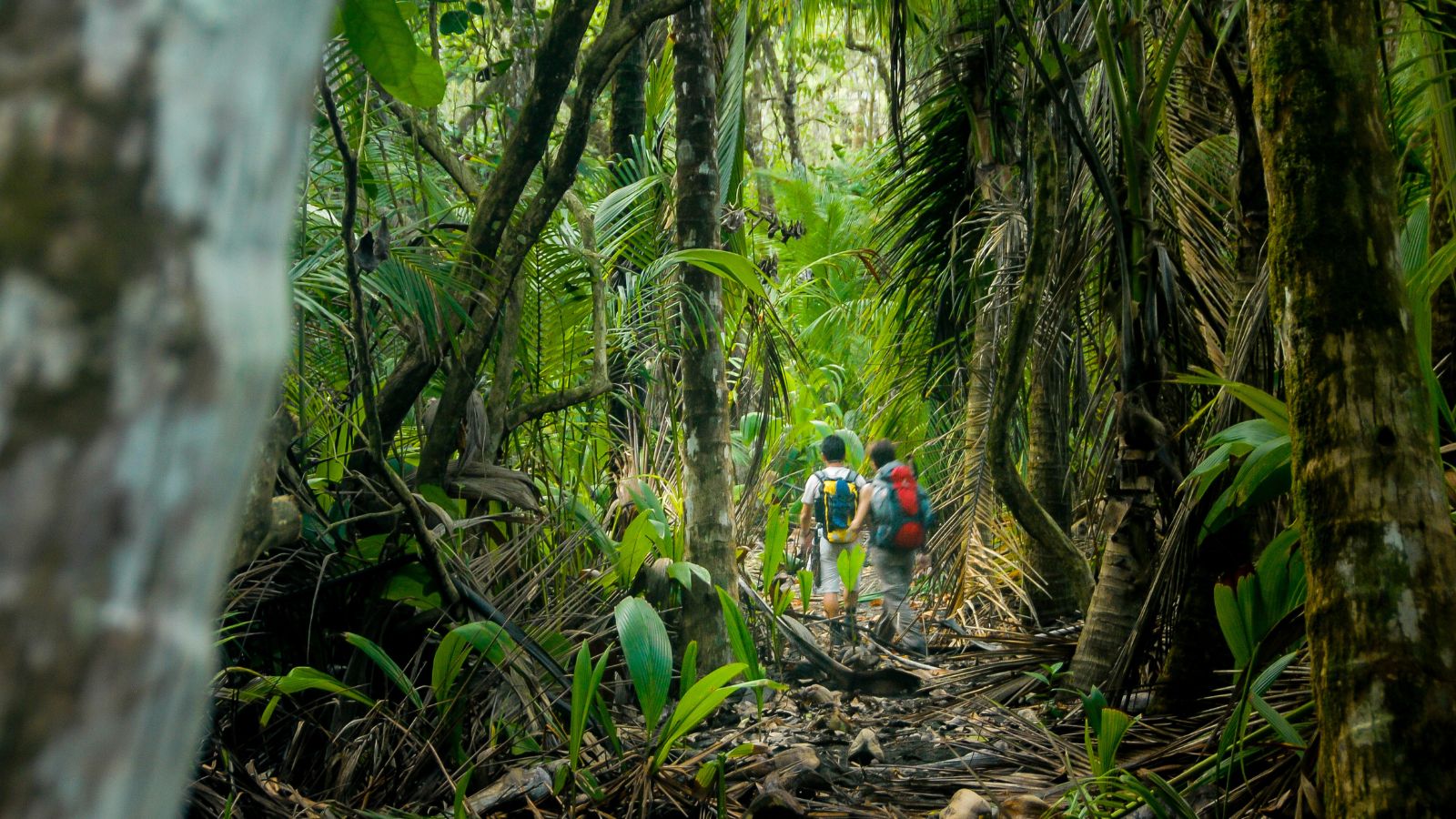
Doctors in several Canadian provinces are prescribing nature walks as part of mental health and chronic illness treatments. With its vast wilderness, Canada is ideal for forest therapy, a practice rooted in Japanese Shinrin-yoku. Whether it’s a gentle stroll through Vancouver’s Pacific Spirit Park or a weekend in the Laurentians, Canadians are healing through intentional time in nature.
Mental Health Awareness and Support

Canada has made strides in removing the stigma around mental health. Public figures and government campaigns have helped to normalize therapy and psychological support. With the rise of telehealth platforms and expanded insurance coverage for counseling, more Canadians are seeking support for anxiety, depression, and trauma, making mental wellness a national priority.
Community-Centered Wellness Hubs
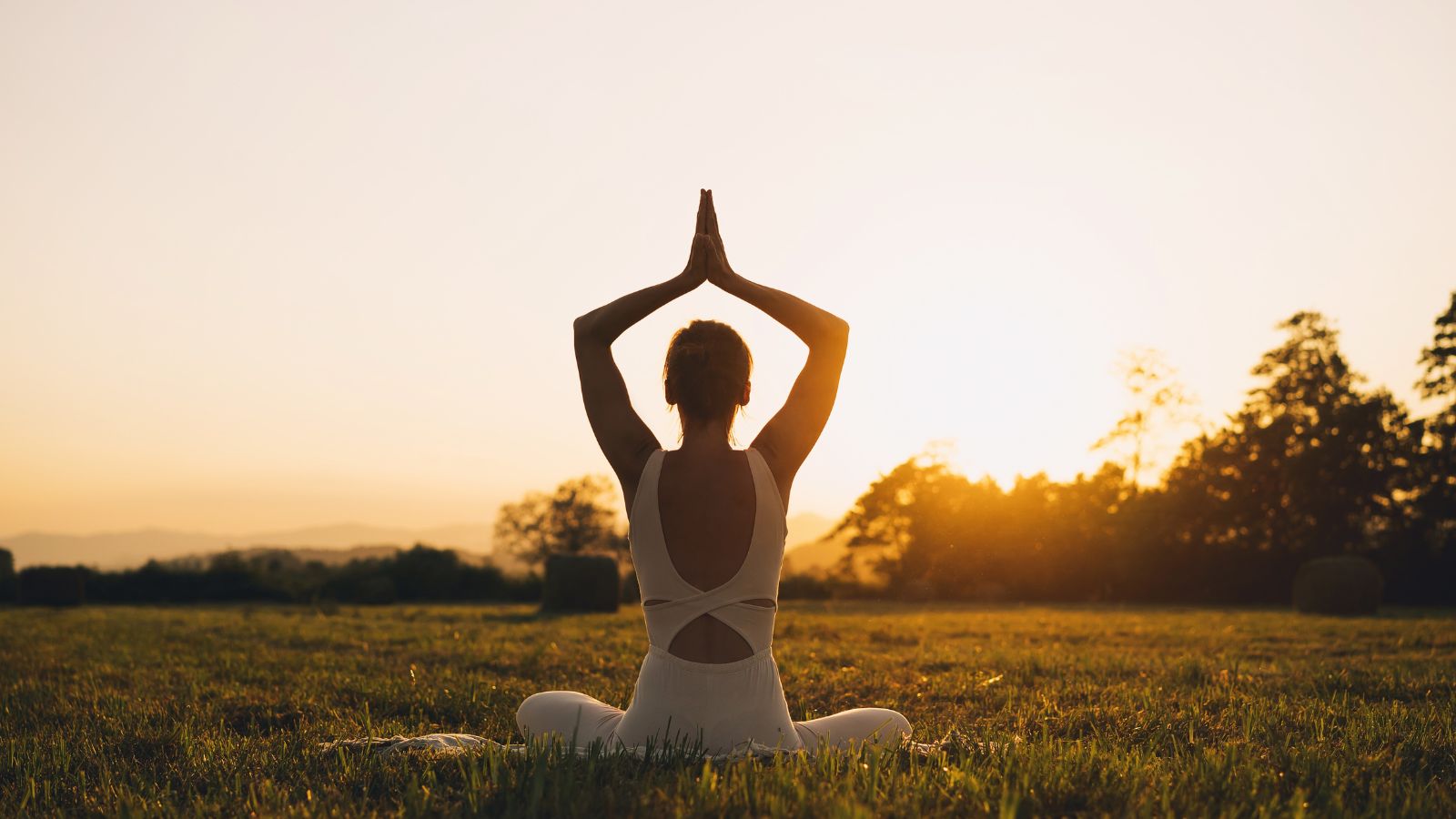
In urban areas like Toronto and Vancouver, community wellness hubs are thriving. These multi-service centers blend yoga, meditation, nutrition coaching, and counseling under one roof. By making wellness accessible and community-focused, these hubs offer a new model that blends physical health with emotional and spiritual support in inclusive, welcoming spaces.
The Rise of Indigenous Healing Practices

Indigenous healing traditions are being re-integrated into Canada’s broader wellness narrative. Ceremonies, traditional medicines, and storytelling are now being shared in both Indigenous and non-Indigenous communities. These practices offer a deep-rooted understanding of interconnectedness, and their resurgence not only promotes healing but also reconciliation through shared cultural respect.
Plant-Based Culinary Evolution

Canada’s food scene is evolving rapidly, especially in its embrace of plant-based dining. Restaurants in cities like Montreal and Calgary offer innovative vegan cuisine that blends nutrition and indulgence. Canadian-grown lentils, oats, and pulses fuel menus that support sustainability and health, attracting wellness-minded foodies from around the world.
Cold-Water Immersion and Ice Baths

Cold plunges are catching on across Canada, not just for athletes but for wellness seekers looking to boost their immunity and mental clarity. From the Nordic spa in Quebec to ocean dips in British Columbia, cold-water immersion is becoming a ritual for those seeking physical resilience and mental toughness.
Spas Embracing Hydrotherapy Traditions

Thermal spas, especially in Quebec and British Columbia, draw on European hydrotherapy traditions with hot-cold circuits, saunas, and plunge pools. These spas are increasingly being located in natural settings, enhancing the calming effects of mineral water and forested views. They combine luxury with therapeutic tradition to offer deep restoration.
Accessible Outdoor Recreation
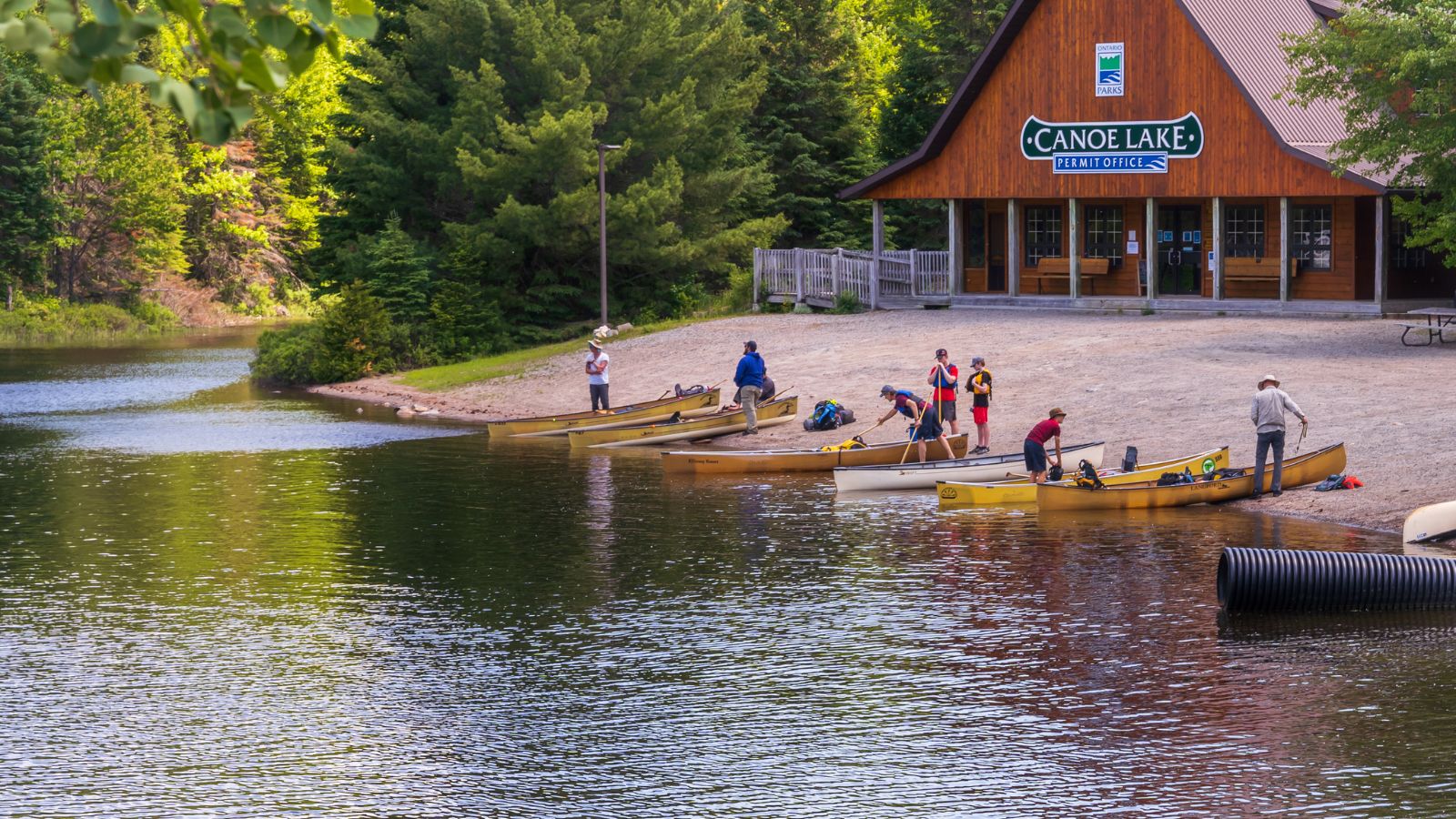
Canada’s expansive national parks and urban green spaces support an active, outdoor lifestyle. Government investment in trails, cycling infrastructure, and inclusive recreation means more Canadians can get outside safely. From canoeing in Algonquin to biking along Vancouver’s seawall, outdoor movement is part of the Canadian wellness identity.
Growth of Eco-Retreats and Wellness Tourism
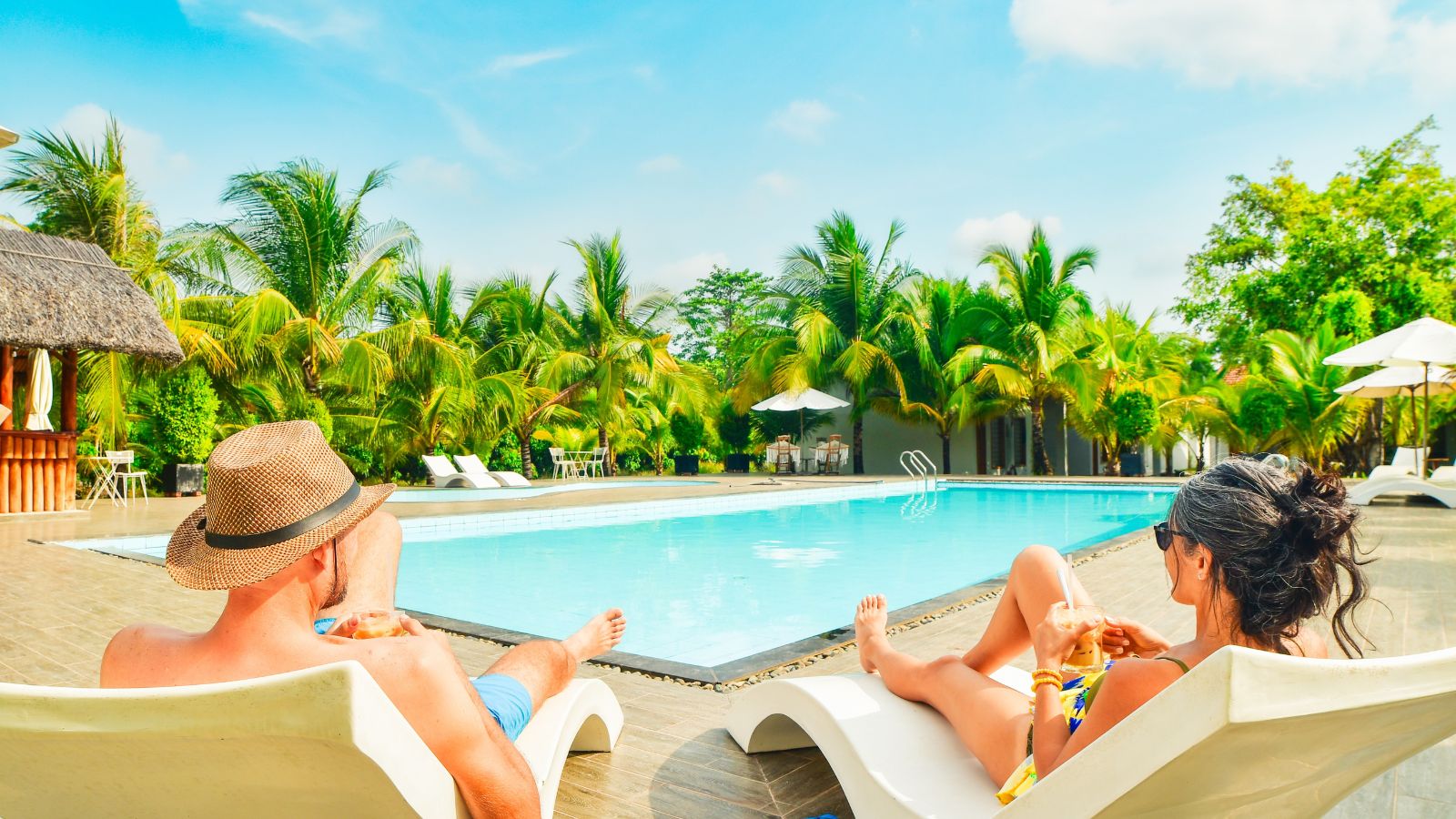
Wellness tourism is quietly booming across the country. Retreats in British Columbia’s Gulf Islands or Ontario’s Muskoka region focus on mindfulness, nutrition, and digital detox. These experiences blend eco-conscious lodging with curated wellness programming, providing immersive experiences that nourish both travelers and the land they visit.
Clean Air and Low-Stress Living in Smaller Cities
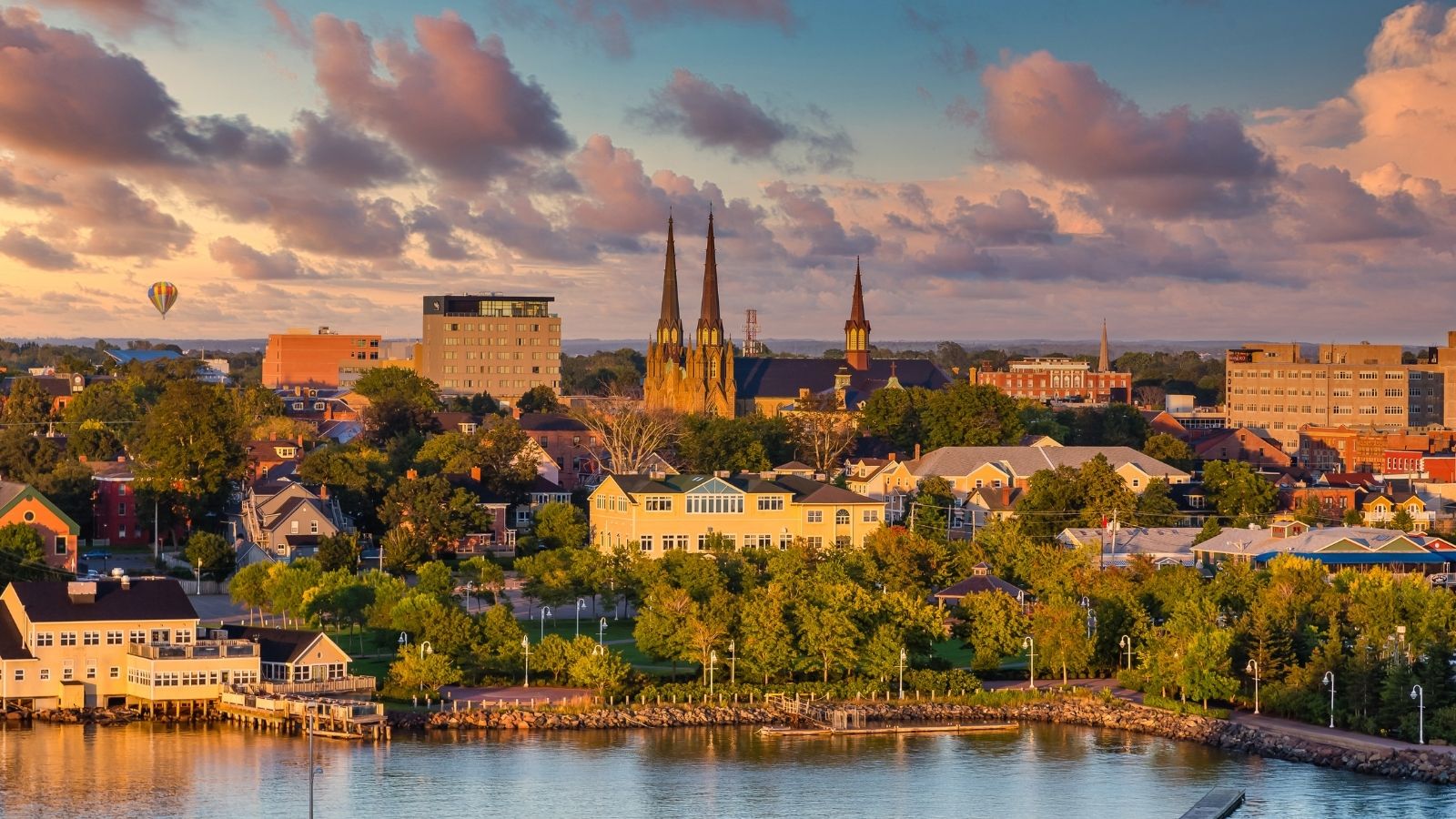
Canada’s smaller cities like Victoria, Charlottetown, and Kelowna offer clean air, walkable downtowns, and a slower pace of life—all factors that contribute to lower stress levels and higher life satisfaction. Many are flocking to these regions for a life that prioritizes well-being over hustle.
Progressive Work-Life Balance Policies

Canadian companies and government offices are increasingly adopting mental health days, hybrid work models, and flexible scheduling. These changes reflect a broader societal value: productivity should not come at the cost of health. This progressive approach is reshaping workplace culture and promoting long-term employee wellness.
Mindfulness in Education

Schools across Canada are integrating mindfulness practices into the classroom. Children are learning breathing techniques, emotional regulation, and mindful listening from an early age. These programs aim to improve focus, reduce anxiety, and build empathy, helping raise a generation more attuned to their mental and emotional health.
Sustainable Living as a Wellness Pillar

Environmental sustainability is seen as intertwined with wellness in Canada. Canadians are embracing sustainable housing, low-waste living, and conscious consumption as ways to reduce stress and live in harmony with the planet. This deep connection between environmental stewardship and personal well-being is reshaping lifestyle choices nationwide.
Widespread Access to Public Healthcare

Though not perfect, Canada’s public healthcare system offers critical access to care without financial barriers. Knowing that basic health services are accessible reduces anxiety and promotes preventative care. This safety net helps Canadians focus on maintaining wellness, not just reacting to illness.
Yoga Culture Beyond the Studio

Yoga is widely practiced in Canada, but it’s also moving beyond studios into community centers, parks, and workplaces. There’s a distinct Canadian style that blends traditional poses with meditation, breathwork, and cultural sensitivity. Yoga in Canada is less about trendiness and more about cultivating peace and balance in daily life.
Art Therapy and Creative Expression

Art therapy is gaining momentum as a recognized form of healing. Across Canada, programs in hospitals, prisons, and community centers use painting, music, and dance to support emotional wellness. These creative outlets provide a safe space for self-expression, especially for those who may struggle with verbal communication.
The Cannabis Wellness Revolution
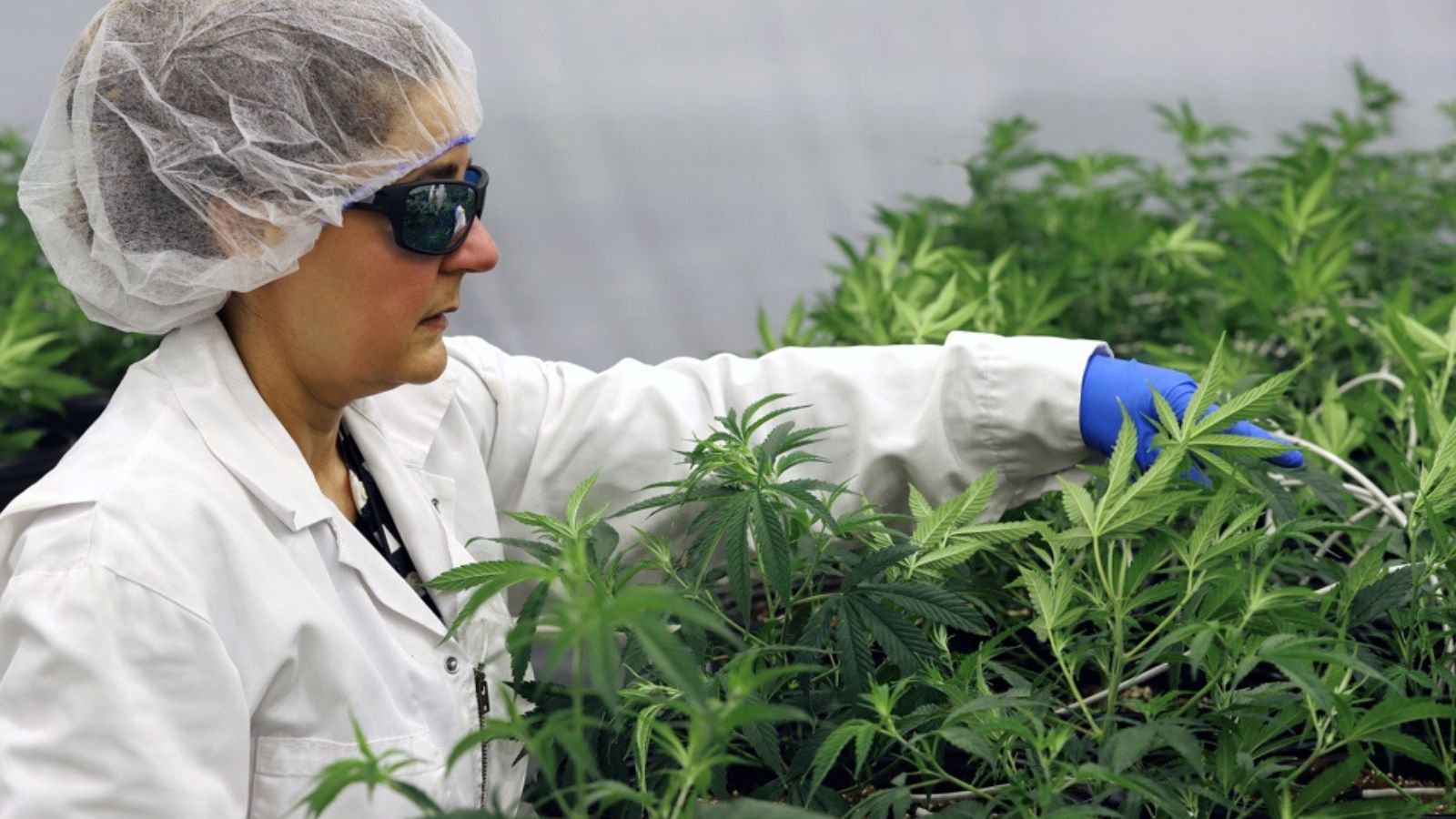
Since legalization, Canada has been leading a global shift in how cannabis is integrated into wellness. From CBD oils to THC-infused massage treatments, the plant is being used to manage pain, anxiety, and sleep disorders. Carefully regulated and destigmatized, cannabis is becoming a legitimate wellness tool in Canadian households.
Blue Spaces for Mental Peace
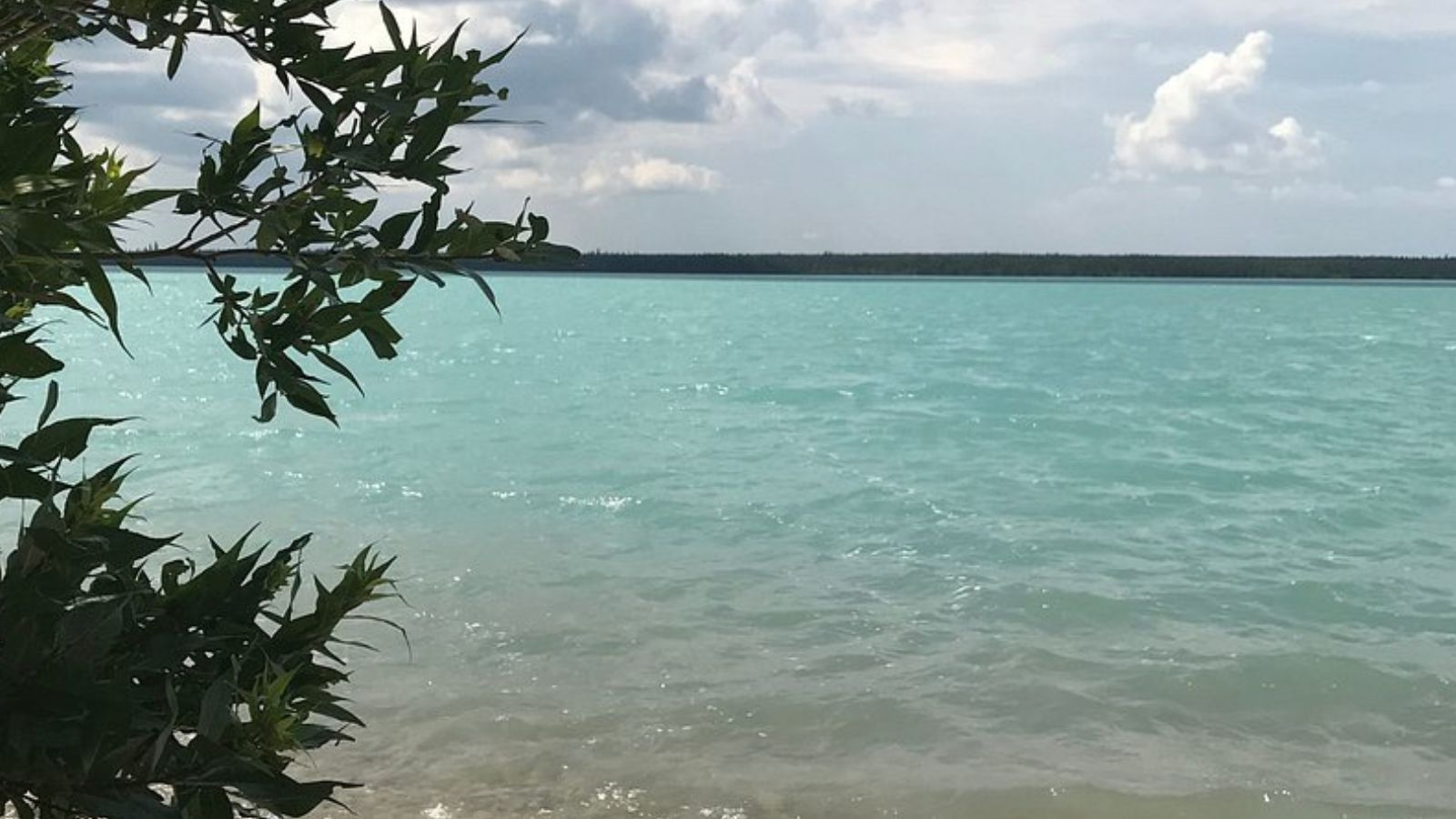
Canada’s thousands of lakes and miles of coastline offer access to “blue spaces,” which research shows are deeply beneficial for mental health. Whether kayaking on Lake Louise or paddleboarding near Halifax, Canadians are intuitively embracing water-based relaxation as part of their wellness routines.
Digital Detox Culture
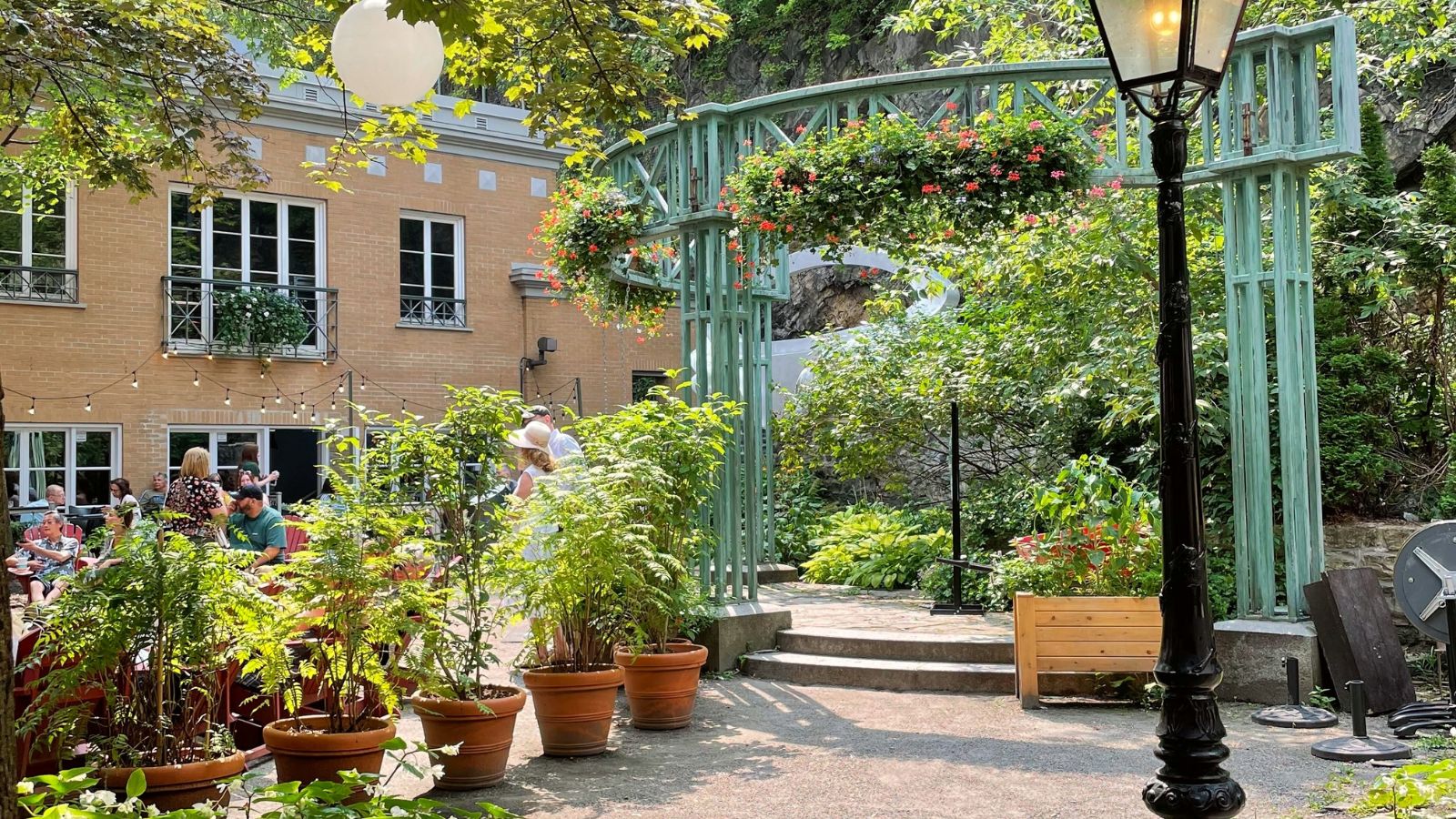
More Canadians are consciously unplugging from technology. Retreats, programs, and even weekend challenges encourage people to turn off their screens and reconnect with nature, family, or solitude. This trend reflects a growing recognition of the mental toll of digital overload and the benefits of mindful disconnection.
Wellness-Informed Architecture and Design
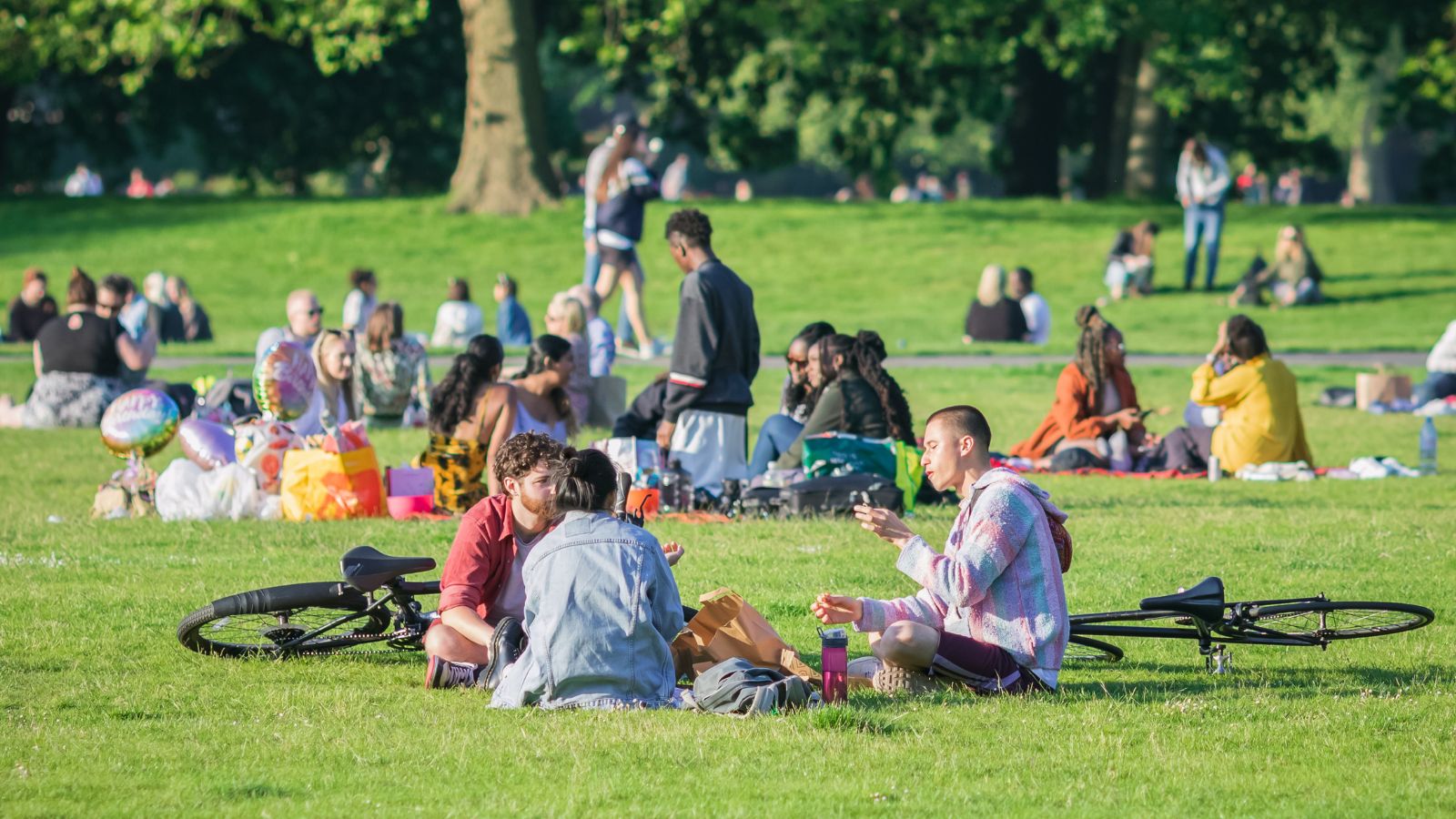
Canadian architects are incorporating wellness principles into buildings—prioritizing natural light, green spaces, and calming aesthetics. From biophilic designs in urban condos to LEED-certified hospitals, wellness is being built into the environments Canadians live, work, and heal in.
Nutrition Education and Functional Food Growth

Canadians are paying closer attention to nutrition, and educational programs about gut health, anti-inflammatory diets, and personalized nutrition plans are flourishing. Functional foods like kefir, sea buckthorn, and wild blueberries are becoming staples in Canadian kitchens, supporting wellness from the inside out.
Inclusive Fitness Spaces

Fitness in Canada is becoming more inclusive. Adaptive fitness programs, women-led gyms, and LGBTQIA+ friendly workout spaces are redefining who feels welcome in wellness environments. These inclusive practices help foster a sense of belonging and motivation, making fitness more accessible to all.
Traditional Chinese Medicine Integration

Traditional Chinese Medicine (TCM) practices such as herbal therapy, cupping, and tai chi are finding a place in mainstream Canadian wellness. More practitioners are being licensed across the country, and public interest continues to rise as people seek holistic ways to manage energy, immunity, and stress.
Wellness-Driven Tech Startups

Canada is home to a growing number of tech startups focused on wellness, from mental health apps like MindBeacon to AI-driven nutrition planners. These digital solutions make it easier for people to monitor, track, and improve their well-being with tools tailored to their individual needs.
Urban Agriculture and Wellness Gardening
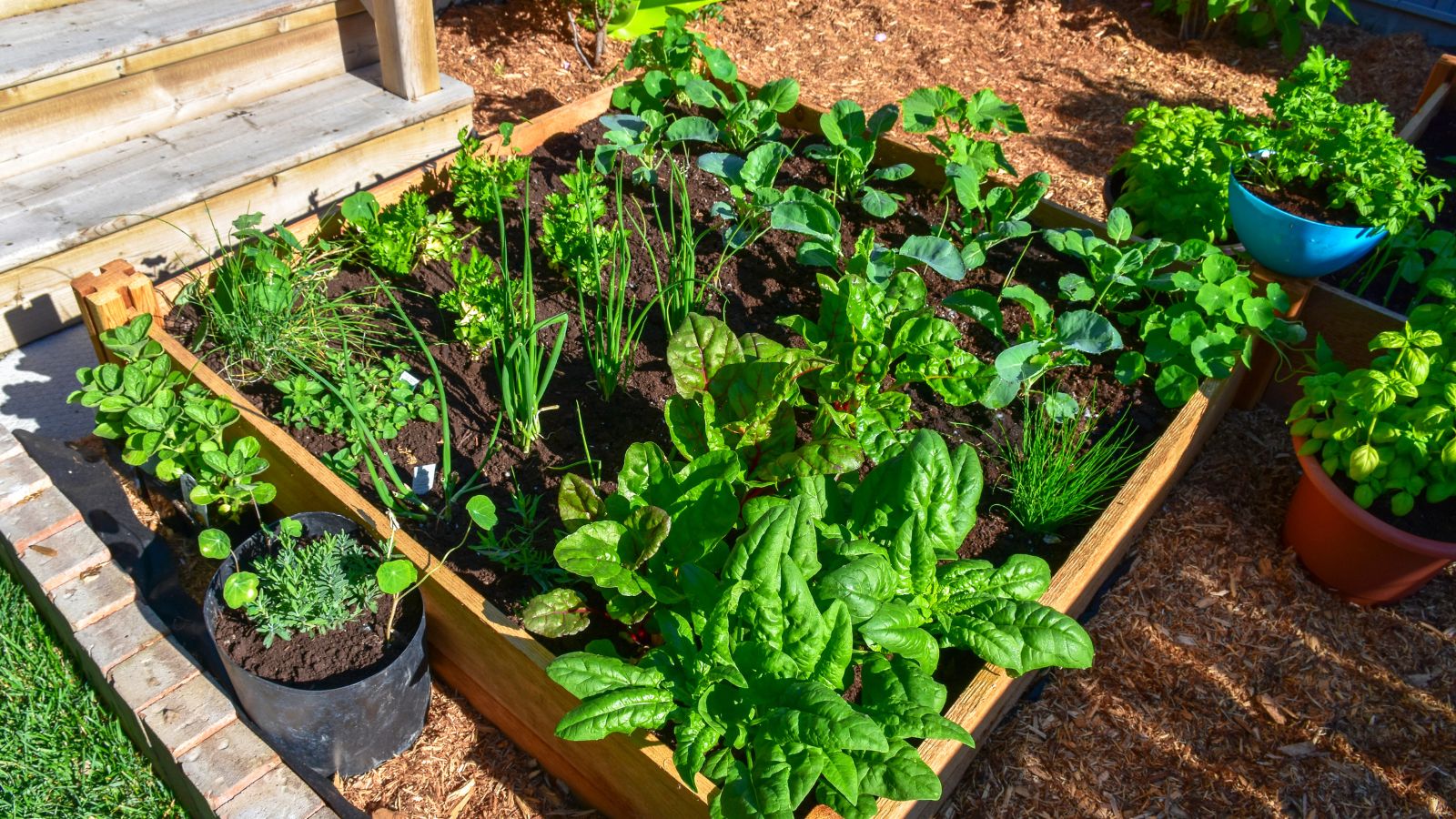
Community gardens, rooftop farms, and backyard composting initiatives are blossoming in Canadian cities. These hands-on practices improve mental health, increase access to fresh produce, and build community. Gardening is now seen not just as a hobby, but as a potent act of self-care and resilience.
Climate-Aware Wellness Planning

As climate change accelerates, Canadians are incorporating environmental factors into their wellness strategies, whether it’s preparing for wildfire smoke with air purifiers or designing mental health supports for climate anxiety. This holistic, future-oriented approach puts Canada at the forefront of climate-conscious wellness thinking.
Volunteerism and Social Connection

Helping others is a significant wellness practice in Canada. Volunteer rates are high, and social service programs emphasize the connection between community service and mental well-being. Giving time and energy to others builds a sense of purpose and combats loneliness, which is increasingly recognized as a public health concern.
Balanced Cultural Diversity in Wellness Spaces
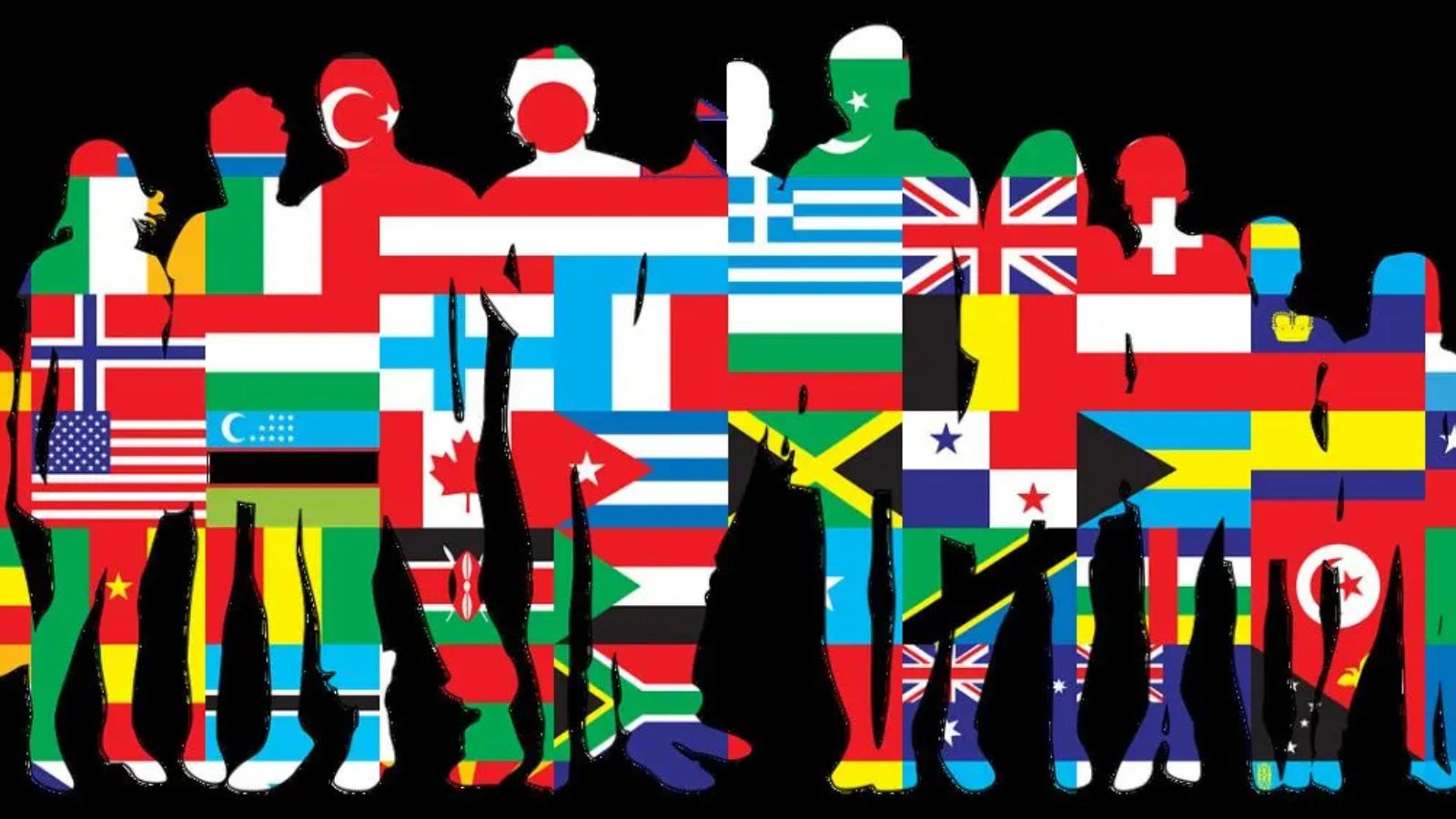
Canada’s multiculturalism is shaping a uniquely inclusive wellness landscape. From Caribbean dance classes to Sikh-led meditation sessions, wellness offerings are rich with cultural diversity. This inclusivity ensures that people of all backgrounds feel seen, valued, and empowered in their pursuit of health.
22 Times Canadian Ingenuity Left the U.S. in the Dust

When people think of innovation, they often picture Silicon Valley. However, Canada has a history of innovation, too. Whether it’s redefining sports, revolutionizing medicine, or just showing America up at its own game, Canadian inventors, thinkers, and dreamers have had their fair share of mic-drop moments. Here are 22 times Canadian ingenuity left the U.S. in the dust.
22 Times Canadian Ingenuity Left the U.S. in the Dust
